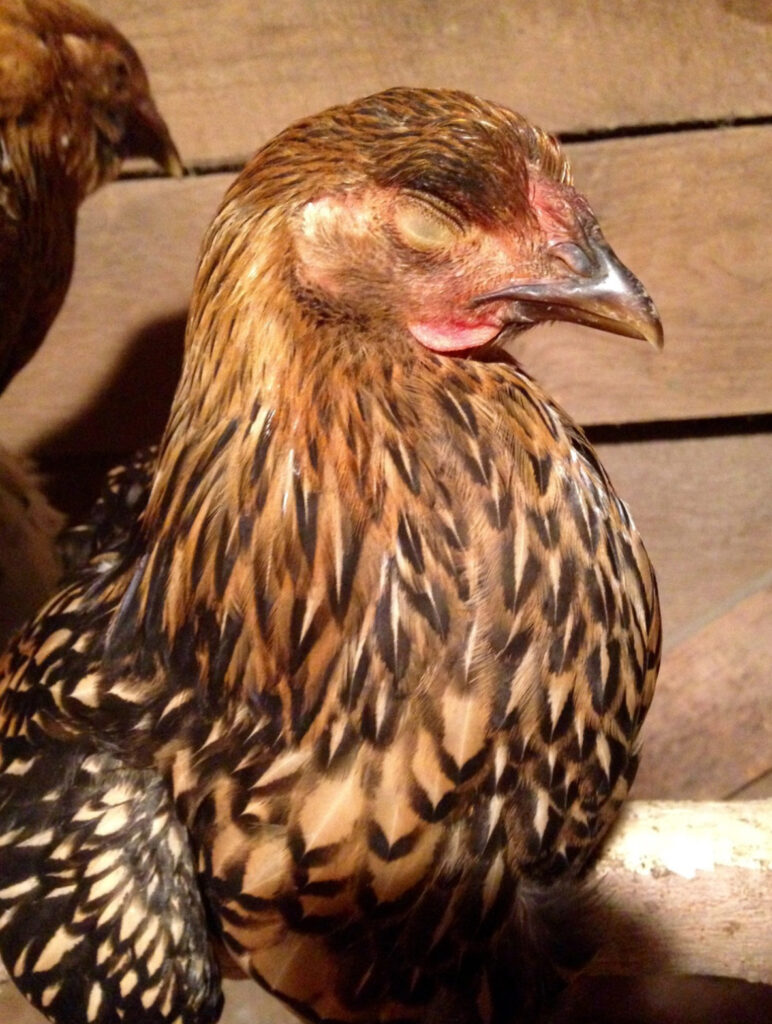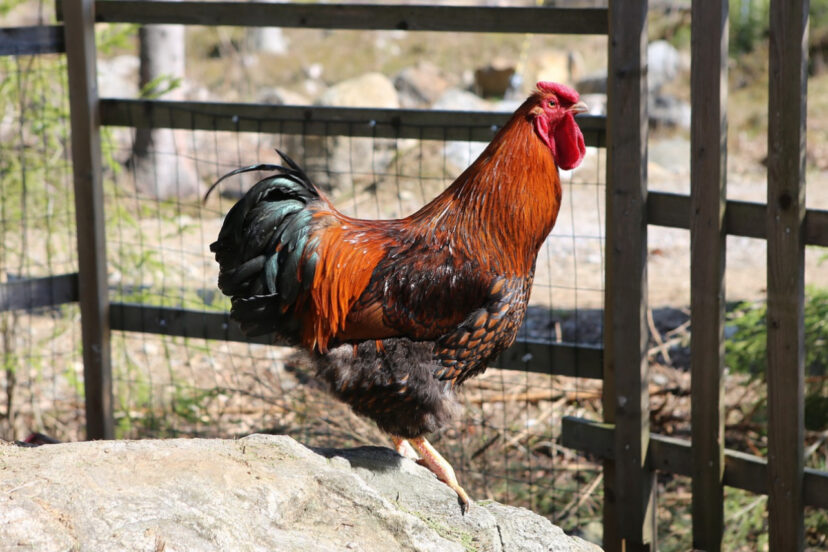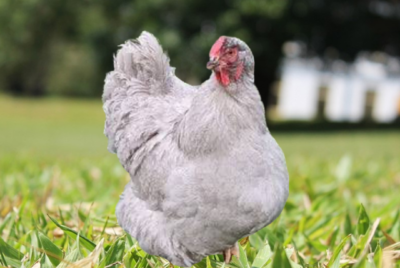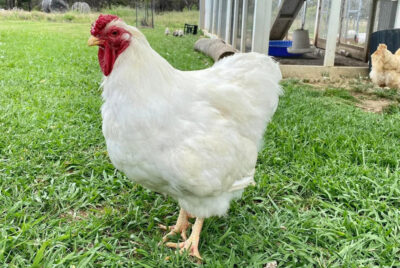Wyandotte Chickens
Wyandotte Chickens
- Everything You Need To Know About Wyandotte Chickens
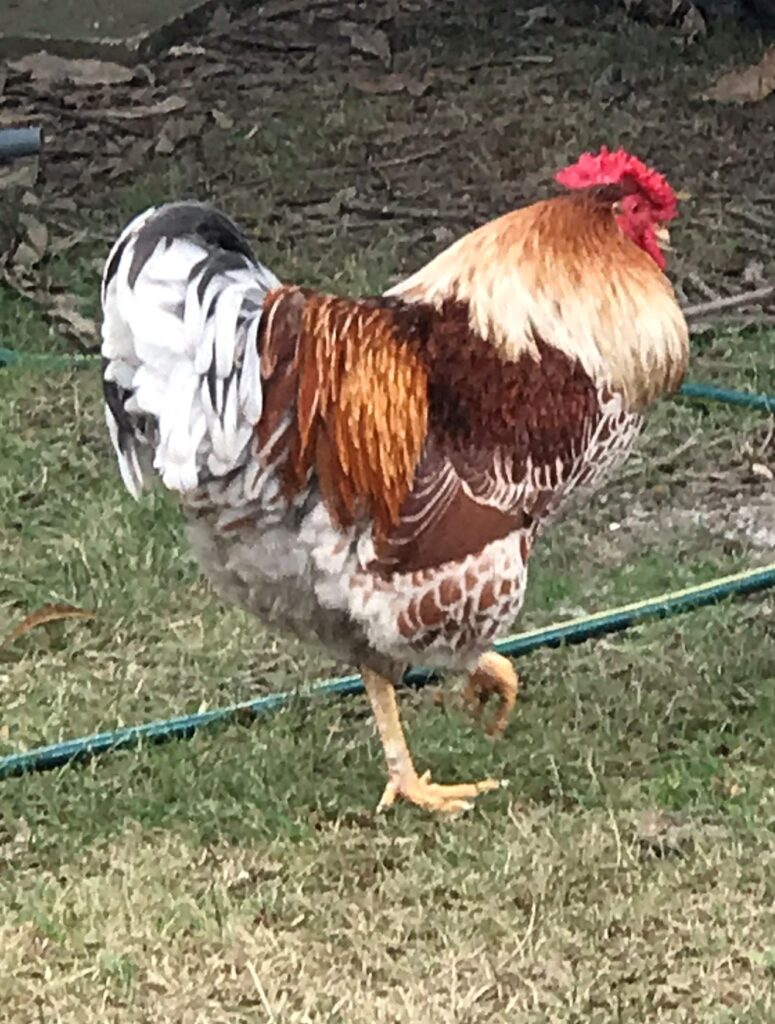
1.1. Some Interesting Facts…
I’m going to share with you some fun facts so you can show off in chicken circles. These are all things I did not know when I got into chicken breeding. We started off with the Wyandottes because they were my partners favorite chicken. Our first Rooster was ‘The Chief.’ He was magnificent and gentle and protected his flock with his life.
1.2. Where did the name Wyandotte come from?
The Wyandotte chicken breed was named after the indigenous Wyandot people, also known as the Huron. The breed was developed in the United States in the late 19th century, and the name was chosen to honor the Native American tribe, although there is no direct connection between the tribe and the chicken breed itself. The Wyandotte is known for its beautiful plumage, good egg-laying capabilities, and hardiness, making it a popular choice among poultry enthusiasts.
1.3. How Do You Pronounce Wyandotte?
There’s a lot to love about Wyandotte chickens, from their beautiful plumage to their friendly demeanor. These birds are known for their dual-purpose capabilities, making them a popular choice for both eggs and meat production. If you’re considering adding Wyandottes to your flock, it’s important to understand their unique characteristics and care requirements.
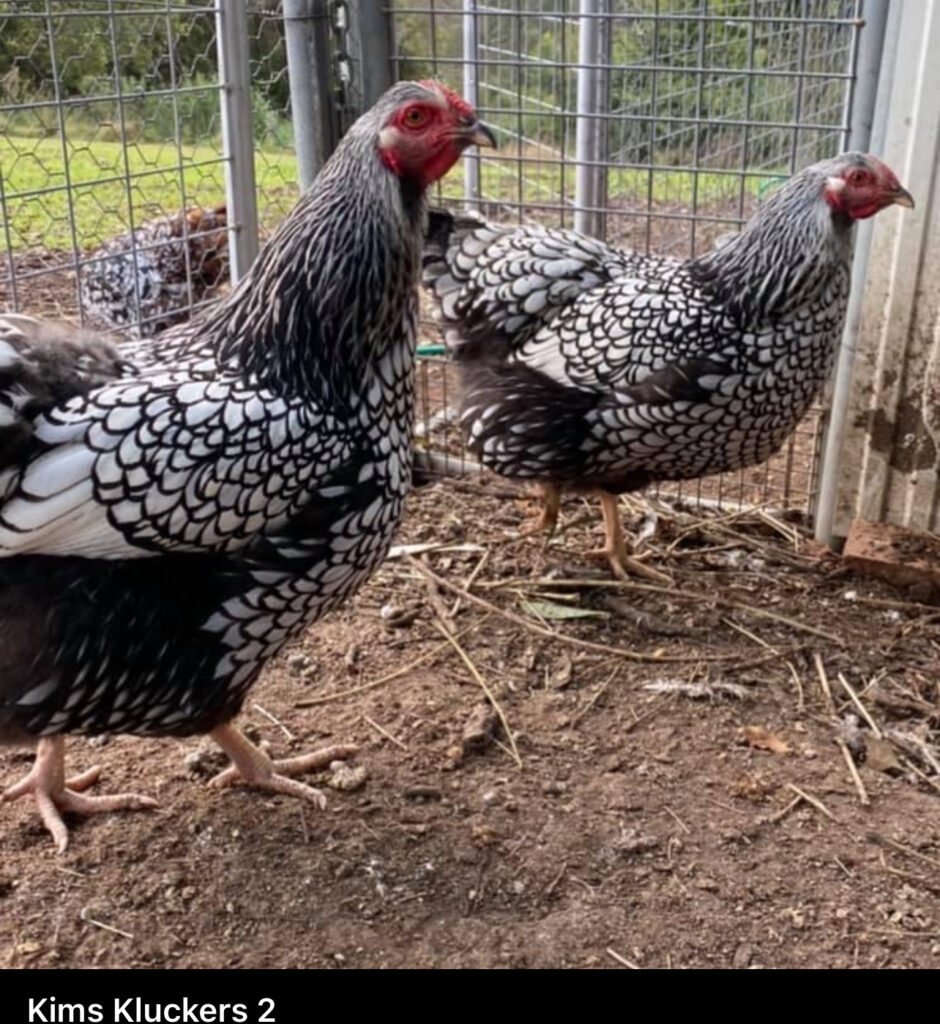
Key Takeaways:
- Origin: Wyandotte chickens are a dual-purpose breed that originated in the United States in the 1870s.
- Appearance: They have striking laced plumage, rose combs, and clean legs, coming in a variety of beautiful colors.
- Temperament: Wyandottes are known for their friendly and docile personalities, making them great backyard chickens.
- Egg Production: They are good layers of brown eggs, averaging around 200-220 eggs per year.
- Hardy Breed: Wyandottes are cold hardy and can adapt well to varying climates, making them a popular choice for many chicken keepers.
2.The History of Wyandotte Chickens
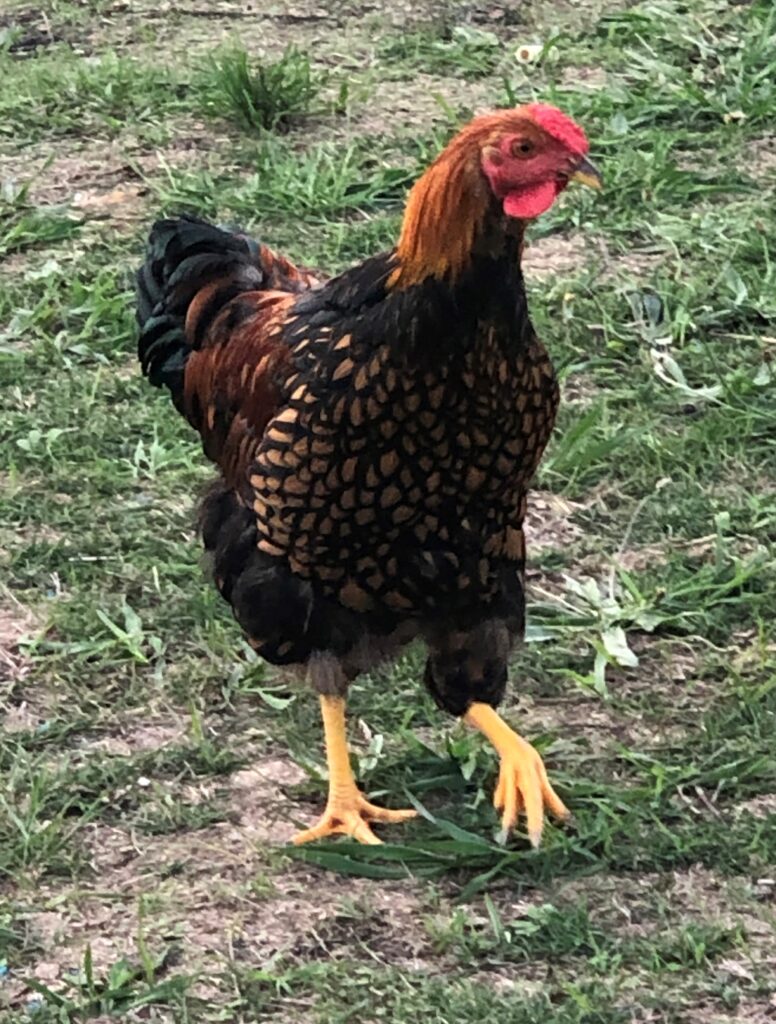
2.1. Origin and Development
To understand the history of Wyandotte chickens, we need to go back in time. Assuming you’re curious about their beginnings, Wyandotte chickens were developed in the United States in the 1870s. The breed was created by crossing several existing breeds, including the Brahma and the Dark Brahmas, along with other birds like the Hamburg, Plymouth Rock, and Silver Spangled Hamburg. This mix resulted in the creation of the beautiful and practical Wyandotte chicken.
3. The Role Of Wyandottes in Poultry Breeding
Poultry breeding enthusiasts quickly recognized the valuable characteristics of Wyandotte chickens. Known for their dual-purpose capabilities, these birds are not only excellent egg layers but also have a good meat yield. Their docile nature and stunning appearance made them popular among backyard breeders and farmers looking for a versatile breed for their flock. It is important to note that the Wyandotte breed played a significant role in poultry breeding history, contributing to the development of other popular breeds and laying the foundation for modern chicken breeding practices.
3.1. Recognizing Wyandotte Chickens
Clearly, recognizing Wyandotte chickens can be an exciting endeavor as they are known for their stunning colors and unique physical characteristics.
3.2. Unique Physical Characteristics
An important characteristic to look for in Wyandotte chickens is their rose comb, which is a low, firm comb that sits close to the skull. Additionally, they have round, robust bodies with well-feathered legs, giving them a proud and sturdy appearance. Their striking appearance and confident demeanor make them a favorite among poultry enthusiasts.
3.3. The Rose Comb versus the single Upright Comb.

The rose comb and the upright comb, also known as the single comb, are two different types of combs found in chickens. In cold climates, the type of comb can significantly impact a chicken’s well-being.
The rose comb is characterized by its low, fleshy, and rounded appearance with small, rounded points. It lies close to the head, providing less surface area exposed to the cold. This compact structure makes it more resistant to frostbite, a common issue in frigid temperatures. Chickens with rose combs, such as the Wyandotte breed, are often better suited for cold climates as they are less likely to suffer from frostbite-related injuries.
On the other hand, the upright or single comb is taller and more prominent, with distinct points standing upright on the chicken’s head. While this type of comb allows for better heat dissipation in warm climates, it is more susceptible to frostbite in cold weather. The exposed skin on the comb’s tips can freeze quickly, leading to tissue damage and potential health issues.
Therefore, when selecting breeds for cold climates, it is advisable to consider chickens with rose combs over those with upright combs. The rose comb’s design offers better protection against the harsh cold, ensuring the chickens remain healthy and comfortable during the winter months.
3.4. Variety of Color Patterns
Color is a standout feature of Wyandotte chickens, as they come in a wide variety of striking color patterns. From the popular silver laced and golden laced varieties to the less common blue, black, and white varieties, there is a color pattern to suit every preference.
Chickens with diverse color patterns can add visual interest to your flock and create a stunning display in your backyard. Whether you prefer the classic look of the silver laced variety or the unique beauty of the blue color pattern, Wyandotte chickens are sure to stand out in any flock.
4. Understanding Wyandotte Chicken Behavior
Despite their fluffy and charming appearance, Wyandotte chickens have distinct behavior patterns that are important to understand as a chicken keeper. By gaining insight into their social dynamics, temperament, and personality traits, you can ensure a harmonious flock and build a strong bond with your Wyandottes.
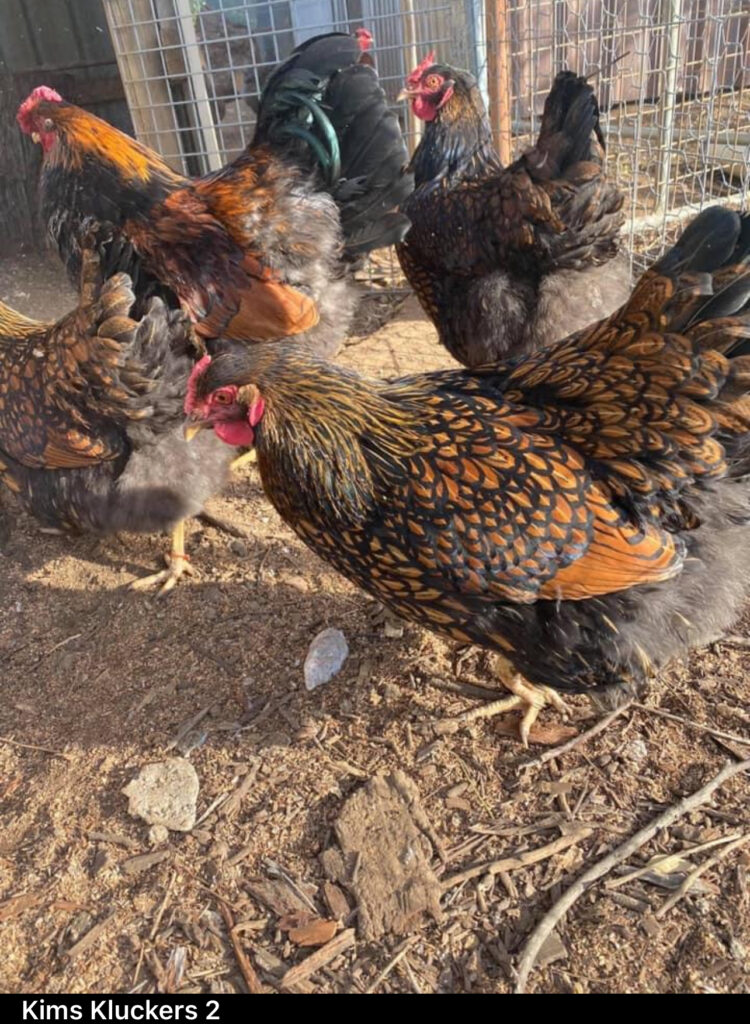
4.1 Social Dynamics in the Flock‘
Social interactions play a crucial role in the well-being of Wyandotte chickens. These birds are known for their friendly and sociable nature, often forming strong bonds within the flock. Roosters are typically protective and will keep a watchful eye over the hens, while hens establish a pecking order through gentle pecks and subtle displays of dominance. Understanding and respecting these dynamics will help maintain a peaceful environment in your chicken coop.
4.2. Temperament and Personality Traits
With their docile and friendly nature, Wyandotte chickens make wonderful additions to any backyard flock. They are known for their gentle demeanor and are often sought after for their calm and docile personalities. Wyandottes are also curious birds that enjoy exploring their surroundings and interacting with their human caretakers.
5. Caring for Your Wyandotte Chickens
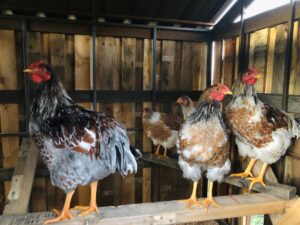
5.1. Housing Needs
An important aspect of caring for your Wyandotte chickens is providing them with a suitable coop and run. Ensure that the coop is secure, well-ventilated, and protected from predators. Wyandottes are cold-hardy birds, but they still need a draft-free environment to thrive. Provide about 4 square feet of space per bird in the coop, and ample outdoor space in the run for them to exercise and forage.
5.2. Diet and Nutrition
With a well-balanced diet, your Wyandotte chickens will stay healthy and lay plenty of eggs. A good quality layer feed with about 16-18% protein is vital for egg production. Supplement their diet with fresh fruits and vegetables, and always provide access to clean water. Avoid feeding them treats in excess, as it can affect their overall nutritional balance.
Understanding the nutritional needs of your Wyandotte chickens is crucial for their health and wellbeing. Make sure they have access to grit, which helps with digestion, and calcium supplements to support strong eggshells. Monitor their food consumption and adjust their diet according to their age, activity level, and the season.
5.3. Health and Wellness Tips
- Regular Health Checks: Inspect your chickens for any signs of illness or injury regularly.
- Clean Living Environment: Keep the coop clean and dry to prevent diseases like vent gleet.
- Proper Vaccinations: Consult with a veterinarian about necessary vaccinations to keep your flock healthy and disease-free.
Health is wealth when it comes to your Wyandotte chickens. Providing them with a clean environment, nutritious food, and regular health checks will go a long way in ensuring their well-being. The happier and healthier your chickens are, the better quality eggs they will produce.
6. Wyandotte Chicken Productivity
Once again, let’s deep examine the productivity of Wyandotte chickens. These dual-purpose birds are famous for their excellent egg-laying capabilities and quality meat.
6.1. Egg Production Facts
Facts: Wyandotte hens are known to be consistent layers of brown eggs, averaging around 200 to 220 eggs per year. They have a good feed-to-egg conversion ratio, making them an efficient choice for backyard egg production. These chickens start laying eggs at around 5-6 months of age, and their eggs are medium to large in size.
6.2. Meat Quality
To ensure the best meat quality, Wyandotte chickens should be raised in a stress-free environment with a balanced diet and adequate space to move around. These birds have tender and flavorful meat that is favored by many poultry enthusiasts. The carcass of Wyandotte chickens is plump and well-shaped, making them a great choice for both home cooks and commercial producers.
Meat from Wyandotte chickens is known for its succulent texture and rich flavor. With their good meat-to-bone ratio, these birds provide a decent amount of white and dark meat for various culinary dishes. If raised properly, Wyandotte chickens can offer not only delicious eggs but also tasty meat for your dining table.
7. Breeding and Raising Wyandotte Chickens
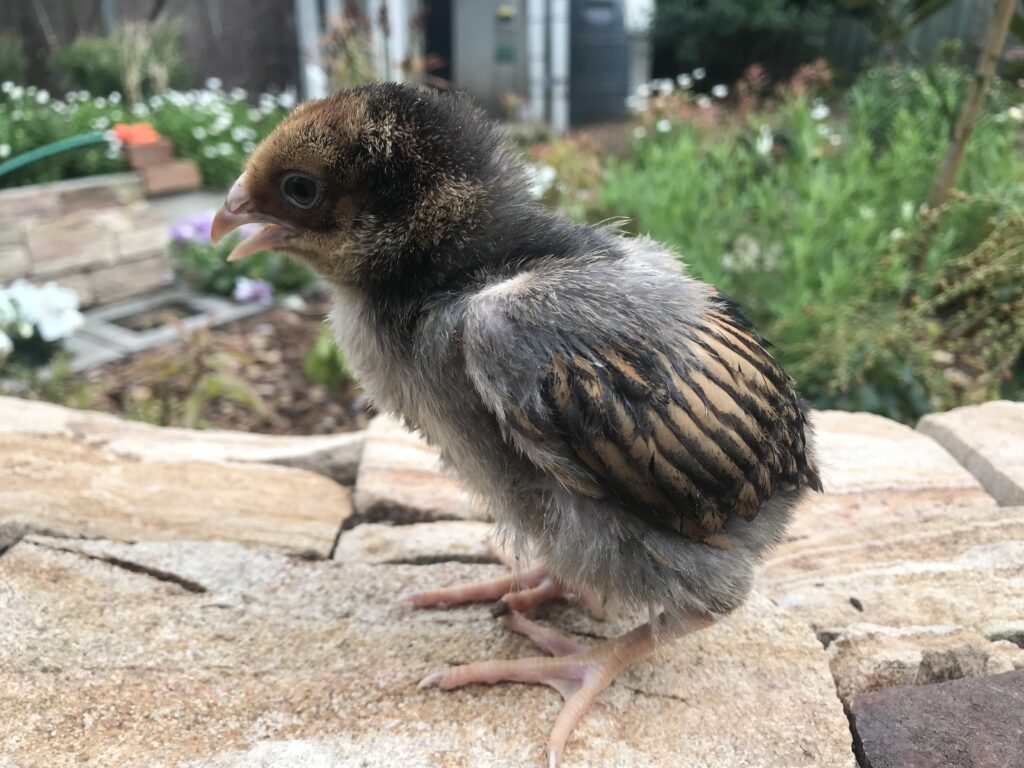
7.1. Selecting Breeding Stock
Keep Wyandotte chickens are known for their stunning appearance and hardy nature. When choosing breeding stock for your flock, it is imperative to choose healthy birds that exhibit the standard characteristics of the breed. Inspect for crisp markings. Look for birds with lustrous, dual-purpose feathers and a well-rounded body shape. Avoid birds with any signs of illness or deformities, as these traits can be passed down to future generations.
7.2. Tips for Successful Incubation and Rearing
Wyandotte chickens make excellent mothers, but if you are hatching eggs in an incubator, there are a few tips to keep in mind for successful incubation and rearing. Make sure to set the temperature and humidity levels in the incubator according to the manufacturer’s instructions. It’s vital to regularly turn the eggs to ensure proper development. Once the chicks hatch, provide them with a warm, draft-free environment and access to fresh water and chick starter feed to help them thrive.
- Monitor temperature and humidity levels regularly
- Provide a warm, draft-free environment for the chicks
After the chicks hatch, it’s important to continue monitoring their health and growth to ensure they are developing properly.
7.3. Selecting
Selecting the right breeding stock and following proper incubation and rearing practices are crucial for successful breeding and raising of Wyandotte chickens. By choosing healthy birds with desirable traits and providing the necessary care and environment for hatching and rearing, you can raise a happy and productive flock of Wyandotte chickens. After all, a well-maintained flock leads to strong, vibrant birds that will bring joy and beauty to your backyard.
- Choose healthy breeding stock with desirable breed traits
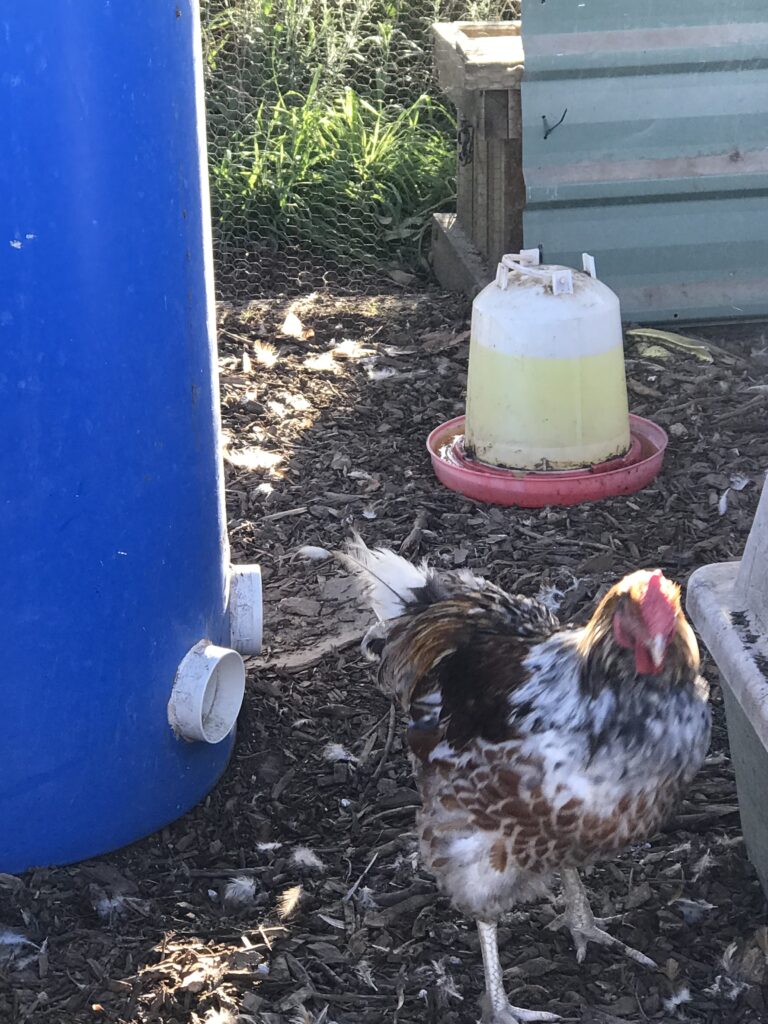
8. Challenges and Considerations
8.1. Common Issues Faced by Wyandotte Chickens
Many Wyandotte chicken owners may encounter common issues such as feather pecking, which can result in bald spots or injuries among the flock. It’s important to address any bullying behavior among your chickens to ensure a harmonious environment. Additionally, Wyandottes are known to be prone to obesity, so monitoring their diet and providing ample space for exercise is crucial for their overall health.
8.2. Addressing Climate and Environmental Concerns
To help Wyandotte chickens thrive in various climates, it’s important to provide adequate shelter and protection from extreme weather conditions. Consider adding insulation to their coop during cold winters and ensuring proper ventilation during hot summer months. Additionally, offering a varied diet and access to fresh water will help them adapt better to changing environmental conditions.
For Wyandotte chickens, maintaining a comfortable living environment is key to their well-being. Ensuring they have a dry and clean coop, with access to shade and fresh water, will help them stay healthy and happy. By paying attention to their specific needs and addressing any environmental concerns promptly, you can create a conducive environment for your Wyandotte chickens to thrive.
Wyandotte chickens are generally hardy and adaptable birds, but like any breed, they have specific vulnerabilities. It’s important to monitor their behavior and physical health regularly to catch any issues early. Providing a safe and comfortable environment will help your Wyandotte chickens lead long, happy lives.
9. Wyandotte Chickens in Your Backyard
9.1. Getting Started with Your Flock
On your journey to raising Wyandotte chickens in your backyard, it’s important to start with healthy birds. Make sure to provide them with a secure coop, nutritious feed, and fresh water. Regularly check on your flock to monitor their health and well-being. Wyandotte chickens are known for their docile nature and beautiful appearance, making them a great addition to any backyard flock.
9.2. Integrating With Other Breeds
Flock integration can be a delicate process, especially when introducing new breeds to an existing flock. Wyandotte chickens are known for their gentle temperament, which can help ease the integration process. When introducing Wyandottes to other breeds, monitor their interactions closely to ensure they are getting along. Wyandottes are adaptable birds and can generally integrate well with different breeds, making them a versatile addition to any backyard flock.
Integrating Wyandotte chickens with other breeds can be a rewarding experience, as it allows for a diverse and colorful flock in your backyard. Monitoring their interactions and providing enough space and resources for all birds will help ensure a harmonious cohabitation. Bear in mind, each chicken has its own personality, so patience and observation are key to successful flock integration.
10. Wyandotte Chickens and the Community

For a chicken enthusiast, Wyandotte chickens can be a great way to connect with the community of poultry lovers. These beautiful and friendly birds are a favorite among many chicken keepers and joining poultry clubs and associations can enhance your experience with Wyandottes.
10.1. Joining Poultry Clubs and Associations
The sense of camaraderie and shared passion within poultry clubs and associations is truly special. The opportunity to meet like-minded individuals, exchange tips and tricks on Wyandotte care, and even participate in group activities can be immensely rewarding. Whether you are a seasoned breeder or a novice chicken keeper, the knowledge and support gained from being part of these groups can be invaluable in your journey with Wyandotte chickens.
10.2. Participating in Shows and Competitions
Chickens that are raised for shows and competitions bring a whole new level of excitement and challenge to chicken keeping. Participating in poultry shows allows you to showcase your prize-winning Wyandottes and receive feedback from experienced judges. It can be a thrilling experience to see your chickens shine on the show floor, and winning awards can be a source of pride for any chicken keeper.
Whether you are aiming for grand championships or simply enjoy the thrill of friendly competition, participating in shows and competitions can be a fulfilling way to engage with the wider poultry community and celebrate the beauty of Wyandotte chickens.
11. To wrap up
The Wyandotte chicken breed is a fantastic choice for both beginner and experienced chicken keepers. With their friendly and docile nature, beautiful appearance, and reliable egg production, Wyandottes are sure to be a beloved addition to any flock. Whether you’re looking for a family-friendly pet or a productive egg-layer, Wyandotte chickens have you covered.
If you’re considering adding Wyandotte chickens to your flock, be sure to provide them with ample space, a balanced diet, and a clean living environment. By meeting their basic needs and offering them a safe and comfortable home, you’ll be rewarded with years of companionship and fresh eggs. Overall, Wyandotte chickens are a versatile and wonderful breed that is sure to bring joy and satisfaction to any chicken enthusiast!
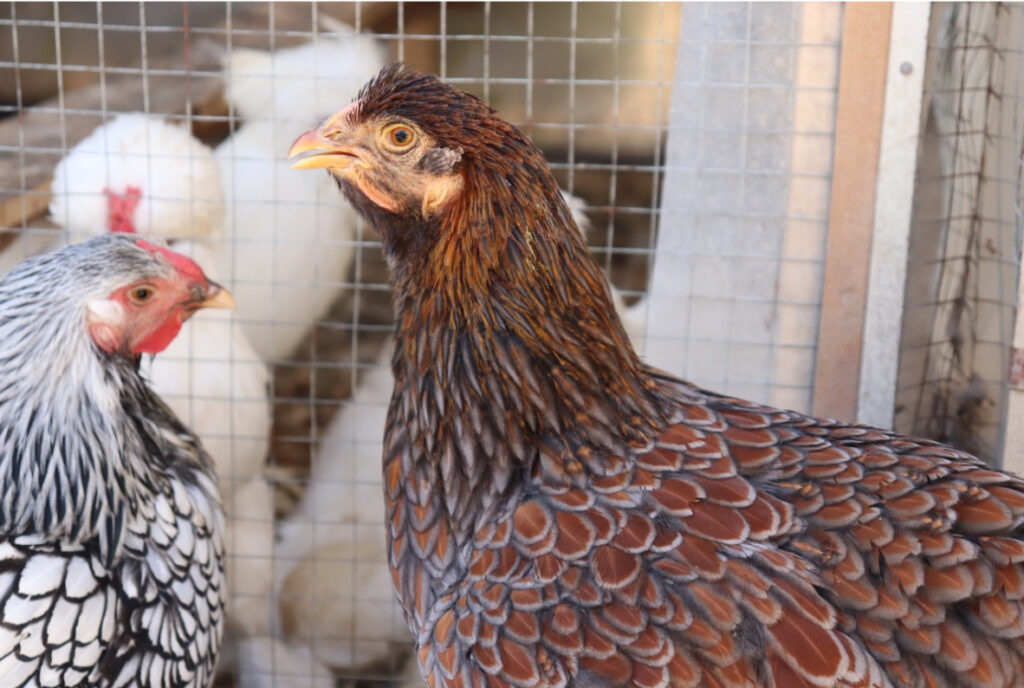
FAQ‘s
1: What are Wyandotte chickens?
A: Wyandotte’s are a popular breed known for their beautiful plumage and friendly demeanor. They are a dual-purpose breed, meaning they are valued for both their egg-laying abilities and their meat.
2: What colors do Wyandotte chickens come in?
A: Wyandotte chickens come in a variety of colors, including Silver Laced, Golden Laced, Blue, Black, Buff, and White. Each color variety has its own unique and stunning appearance.
3: How many eggs do Wyandotte chickens lay?
A: Wyandotte chickens are known to be good layers, typically laying around 200-220 eggs per year. Their eggs are medium to large in size and are brown in color.
4: Are Wyandotte chickens cold hardy?
A: Yes, Wyandotte chickens are known for their cold-hardy nature. Their thick, fluffy feathers help keep them warm during colder months, making them a great choice for those living in northern climates.
5: How can I care for Wyandotte chickens?
A: To care for Wyandotte chickens, provide them with a secure coop or housing, a balanced diet, fresh water, and plenty of space to roam and forage. Regular health check-ups and predator-proofing your coop are also important for keeping your Wyandottes happy and healthy.
